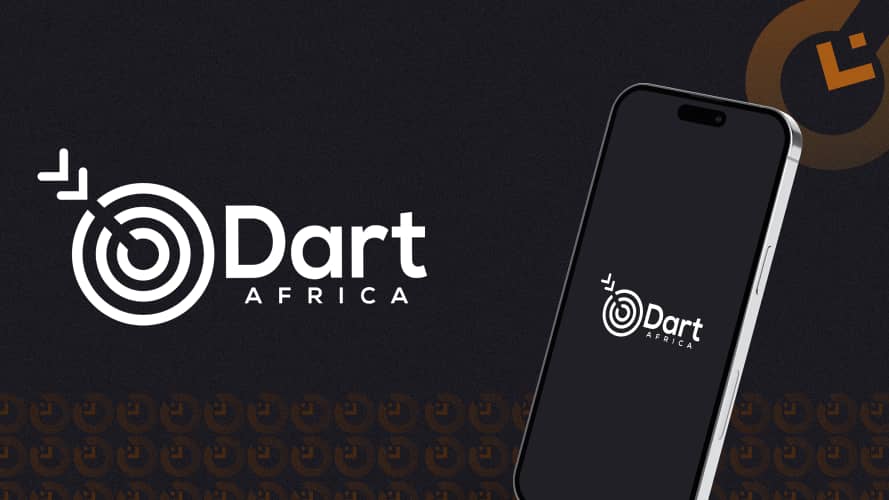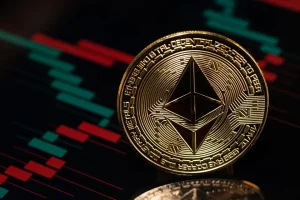Bitcoin halving is a significant event in cryptocurrency that occurs approximately every four years. It is a process by which the reward given to Bitcoin miners for adding new blocks to the blockchain is reduced by half. This process helps control the rate at which new Bitcoins are created, ultimately limiting the number of existing Bitcoins. To understand Bitcoin Halving properly, it is essential to understand how Bitcoin Mining works.
Basics of Bitcoin Mining
Bitcoin mining is the process of adding new transaction records to the Bitcoin blockchain. Bitcoin transactions are recorded in blocks that are added to the blockchain sequentially. Miners use powerful computers to solve complex mathematical problems that verify and confirm transactions, and in return, they receive newly created Bitcoin as a reward for their work.
The mining process is critical to the security and integrity of the Bitcoin network. Miners compete to solve mathematical problems and validate transactions in a process known as proof-of-work. This competition ensures that no single miner can control the network or manipulate the transaction records. Once a block is added to the blockchain, its transactions become part of a permanent and unalterable record shared across the network.
Bitcoin mining requires significant computational power and energy consumption. As the Bitcoin network has grown, the mining difficulty has increased, and it is now nearly impossible to mine Bitcoin profitably using a standard computer. As a result, most Bitcoin mining is done by specialized mining hardware and mining pools, which combine the resources of multiple miners to increase their chances of earning Bitcoin rewards.
While mining Bitcoin can be profitable for those with the resources and expertise, it also has environmental and energy consumption concerns. As a result, alternative consensus mechanisms, such as proof-of-stake, have been developed as more sustainable alternatives to Bitcoin’s proof-of-work mining.

What Is Bitcoin Halving
Bitcoin halving is an event that occurs roughly every four years or after every 210,000 blocks are added to the Bitcoin blockchain. During the halving, the reward for mining new Bitcoin blocks is reduced in half, effectively reducing the rate at which new Bitcoin is created.
When Bitcoin was first created in 2009, miners received a reward of 50 Bitcoin for every block they mined. 2012 the first halving event reduced the reward to 25 Bitcoin per block. 2016 the second halving event reduced the reward to 12.5 Bitcoin per block. The most recent halving occurred in May 2020, and the reward was reduced to 6.25 Bitcoin per block.
The reward system in Bitcoin will persist until the proposed limit of 21 million coins is achieved, estimated to occur around 2140. After this point, miners will receive transaction fees as a reward for processing transactions that users of the network pay. These fees are designed to incentivize miners to participate in the network and maintain its operations.
The Impact Of Bitcoin Halving In The World Of Cryptocurrency
The halving aims to control the supply of Bitcoin and create scarcity, similar to how gold is a scarce resource. With the reduced reward, the rate at which new Bitcoins are introduced to the market slows down, which can lead to a decrease in supply and an increase in demand. This, in turn, can drive up the price of Bitcoin as investors and traders compete for a limited supply. This is partly why Bitcoin experiences a price surge during the halving period.
Bitcoin halving also has implications for the mining industry, as it reduces the profitability of mining for some miners and can lead to consolidation in the industry. It can also lead to increased competition among miners, as they compete for a smaller reward.
Bitcoin halving helps to ensure the long-term stability of the cryptocurrency by limiting the total number of Bitcoins that can exist. The maximum supply of Bitcoin is set at 21 million. Bitcoin halving helps slow down the rate at which new Bitcoins are introduced into the market, ensuring that the cryptocurrency remains scarce and valuable.

Sell Your Bitcoin On Dart Africa
Dart Africa is a digital exchange platform offering cryptocurrency exchange services in Nigeria and Ghana. You can sell your cryptocurrency with a competitive exchange rate on Dart Africa. The only constant factor in the crypto world is change. Hence the exchange rate changes according to the prevailing socioeconomic condition. You can always get the current exchange rate using the rate calculator feature.





